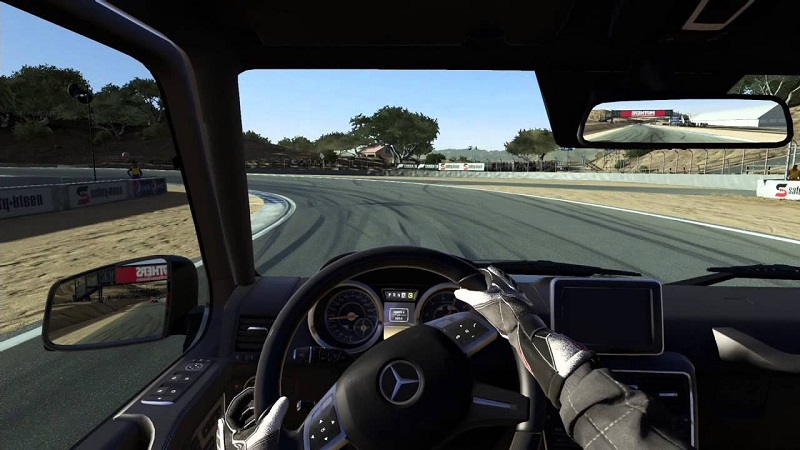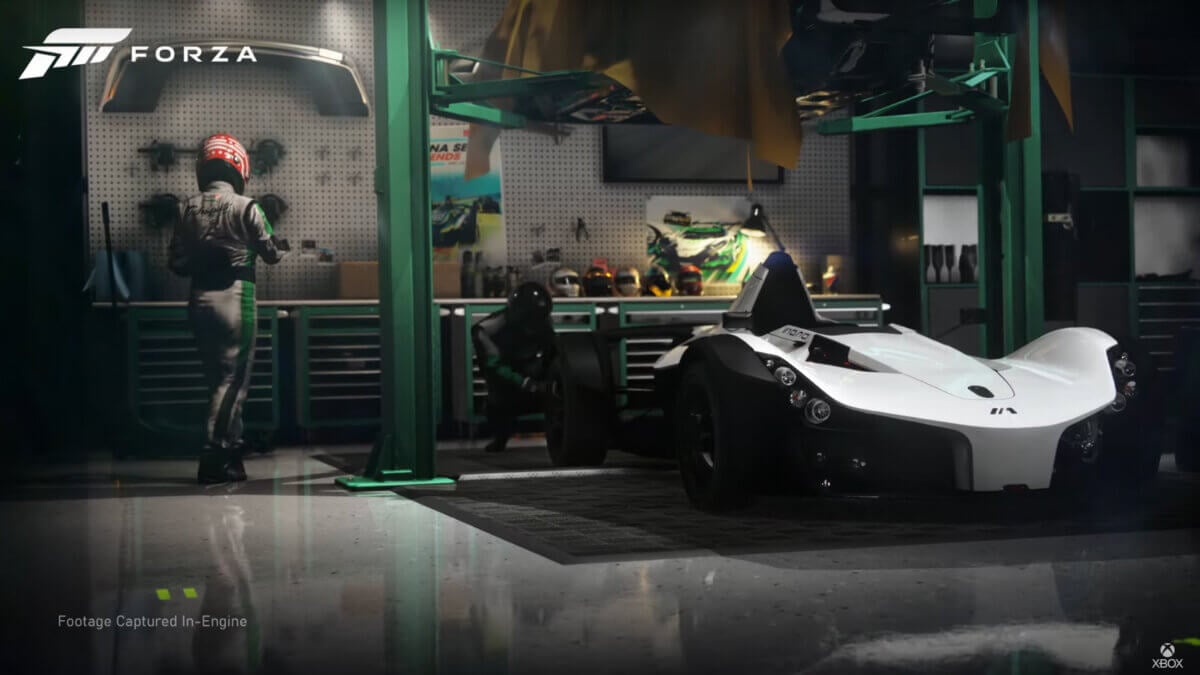

I’m not talking about interactive like pulling a trigger where you fire off one-shots of sound, I’m talking about something on a much higher level than just that. The gamer makes choices like the surface they drive on, which gear, the thresholds of grip, throttle inputs (throttle on, off, in-between), engine loads, RPM, speed, even the weather conditions and what view they drive in and review replays in. Today racing audio is highly interactive and not sitting passive as stems baked onto video. Greg Hill: We have more CPU power, RAM and DSP! But now the tech we created was well on its way and I even got to work with middleware developers on similar tech such as Analog Devices SoundMAX SMartTools SDK, and Firelight Technologies on FMOD. I worked on Sports Car GT 2 and Grand Prix Legends 2 – both these first titles I worked on were scrapped for F1 2000 and the Sierra NASCAR Racing titles among others. Together we created the first multi layered sonic models for engine RPM and load that were parameterised by the parameterised physical events including the mechanical systems. My first clients were Image Space Inc., Papyrus Design Group Inc. I pushed these developers to model engines in a more realistic way than ever done before. So I sent my sounds to these studios and they sat up and listened to my crazy ideas about sonic modelling engines and other modulated vehicular sound events like transmission whine and tyre/surface sounds. These systems were limited and ended up sounded pretty bad! However, quality recordings implemented into these games did improve things a lot. The tone generated engine sounds were pulses of grains that sounded like weed-whackers and the loops were usually pitch bent so far they sounded muddy at low RPM and chipmunk/pitchy at high RPM. These where really just one-shots with simple triggers that just re-spawned with each gear shift, they had no direct correlation to RPM data). The ramp system used recorded sweeps of acceleration (low RPM to high RPM). The early engine sounds were either recorded ramps of acceleration, tone generated (synthesized) or a couple of loops.

Typically, sound got the smallest slice of the resource pie, but there was a growing expectation by most that sound should be considered with much higher regard. I’ve always been a musician with recording gear I taught multimedia, I’m bit of a computer geek and a car fanatic – well – this all came together! Way back then CPU’s were getting faster and GPUs had 3DFX but RAM was an issue and super expensive for regular home systems. Greg Hill: In the mid to late 90’s I was just modding the sounds in titles like Need For Speed, GP1, Sports Car GT & GP Legends.
#FORZA MOTORSPORT 8 NO AUDIO PC SOFTWARE#
My thanks to Stephen Baysted, Audio Director and Composer at Slightly Mad Studios, Greg Hill, Sound Designer at Soundwave Concepts, Adam Boyd, Sound Designer and John Twigg, Software Engineer at Crankcase Audio and Nick Wiswell, Audio Creative Director at Turn 10 Studios.ĭS: I started by asking Greg Hill about his work on racing titles in the 90’s.

So I contacted a few people and got some great responses and a fascinating insight into the process.

With this article I really wanted to find out about the nuts and bots of vehicle engine sound design and implementation.


 0 kommentar(er)
0 kommentar(er)
